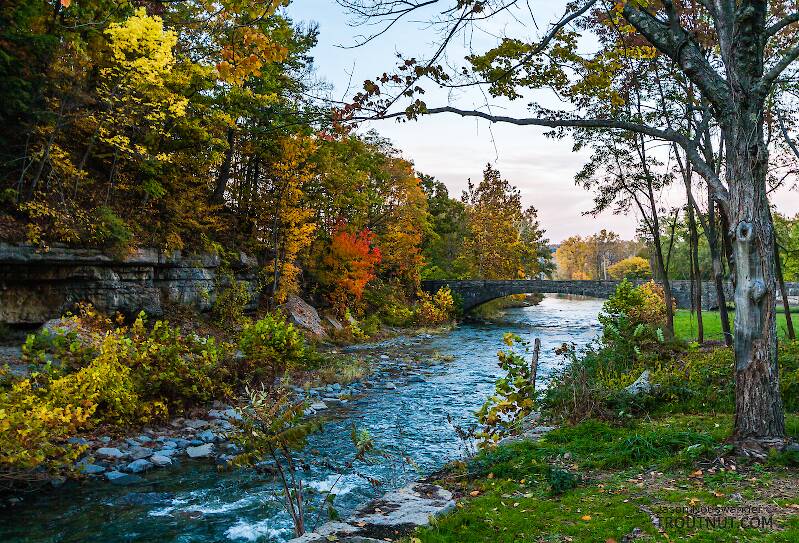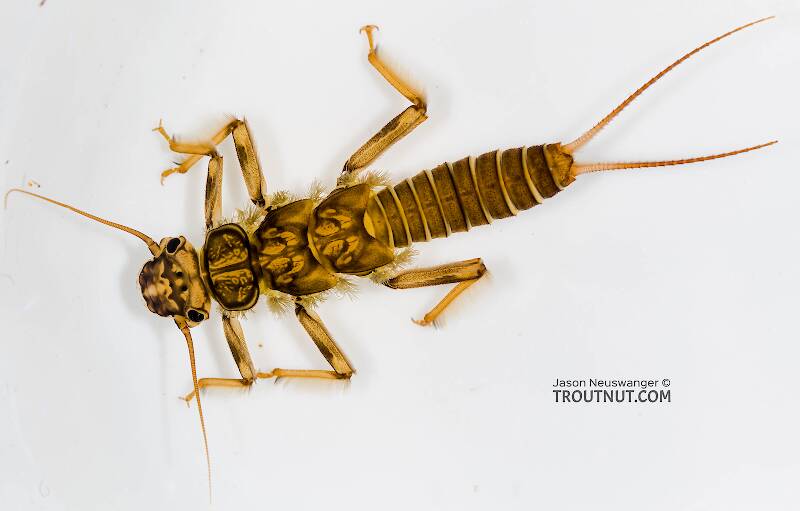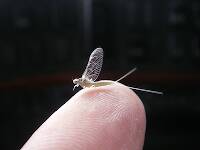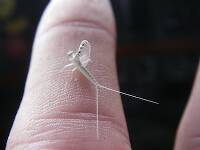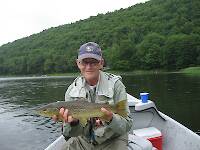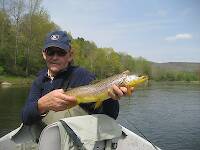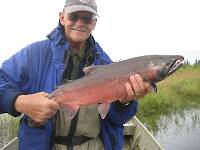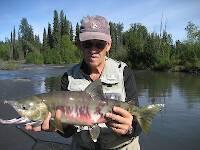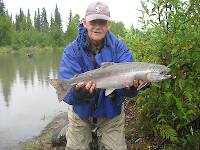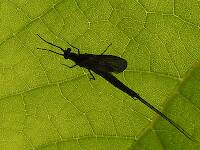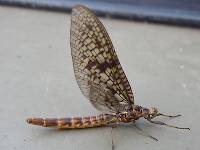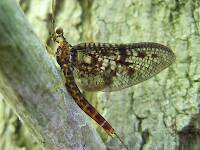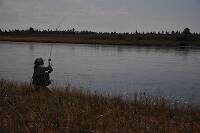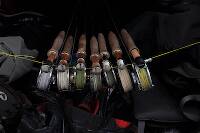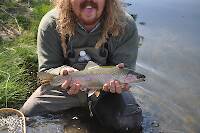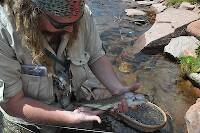
Hex Mayflies
Hexagenia limbata
The famous nocturnal Hex hatch of the Midwest (and a few other lucky locations) stirs to the surface mythically large brown trout that only touch streamers for the rest of the year.
Featured on the forum

Troutnut is a project started in 2003 by salmonid ecologist Jason "Troutnut" Neuswanger to help anglers and
fly tyers unabashedly embrace the entomological side of the sport. Learn more about Troutnut or
support the project for an enhanced experience here.
By Troutnut on June 25th, 2019
Our trip up Slough Creek began at the crowded trailhead with a single parking space open. We walked up the road far enough to verify that the creek was in fishable shape, because we were still prepared to leave and move to a mountain lake as a backup plan if needed. The water was still high from snowmelt runoff, but it was reasonably clear and looked inviting anyway.
The beginning of the trail climbs over a small ridge before dropping down to the river at the downstream end of a large meadow a mile and a half from the trailhead. We passed many day hikers coming back down this trail, some with fishing rods and disappointed looks on their faces. As we arrived at the river, a thunderstorm was narrowly missing us to the northwest, keeping the lightning at a safe distance but casting enough clouds overhead to prompt an emergence of small blue-winged olives (Baetidae) in a large, slow eddy where the trail first meets the river. Several small trout were rising, and we snuck up and caught a few.
We continued up to the trail to set up camp at the Hornaday Creek campground, 5 miles from the trailhead. We had it all to ourselves, an upside to the park's system of camping by reservation only. In fact, we saw very few other people beyond the first couple miles of the trail at all, and no other anglers on the water. The creek is clearly less popular during runoff than it is a few weeks later when it drops, clears, and becomes a prime dry fly destination, which might be why I was able to get a camping permit at all.
We still had time for some evening fishing and hiked down to the river below camp. At the first pool we came to, we missed several strikes and lost a couple good fish on streamers, but none were landed. This seemed to bode extremely well for the rest of the trip, but when we moved up to new pools the action subsided. Another nasty storm was rolling in and chased us back to camp; at the time, we blamed the storm for the inaction in the other pools.
The beginning of the trail climbs over a small ridge before dropping down to the river at the downstream end of a large meadow a mile and a half from the trailhead. We passed many day hikers coming back down this trail, some with fishing rods and disappointed looks on their faces. As we arrived at the river, a thunderstorm was narrowly missing us to the northwest, keeping the lightning at a safe distance but casting enough clouds overhead to prompt an emergence of small blue-winged olives (Baetidae) in a large, slow eddy where the trail first meets the river. Several small trout were rising, and we snuck up and caught a few.
We continued up to the trail to set up camp at the Hornaday Creek campground, 5 miles from the trailhead. We had it all to ourselves, an upside to the park's system of camping by reservation only. In fact, we saw very few other people beyond the first couple miles of the trail at all, and no other anglers on the water. The creek is clearly less popular during runoff than it is a few weeks later when it drops, clears, and becomes a prime dry fly destination, which might be why I was able to get a camping permit at all.
We still had time for some evening fishing and hiked down to the river below camp. At the first pool we came to, we missed several strikes and lost a couple good fish on streamers, but none were landed. This seemed to bode extremely well for the rest of the trip, but when we moved up to new pools the action subsided. Another nasty storm was rolling in and chased us back to camp; at the time, we blamed the storm for the inaction in the other pools.
Photos by Troutnut from Slough Creek in Wyoming
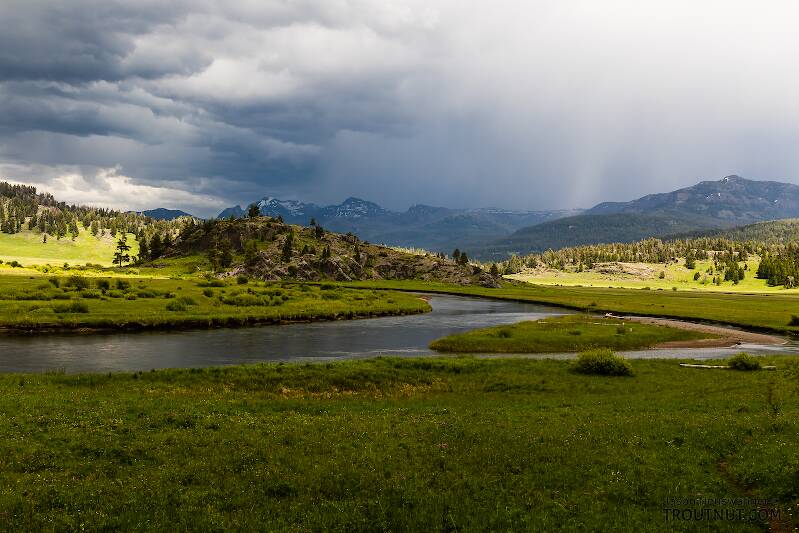
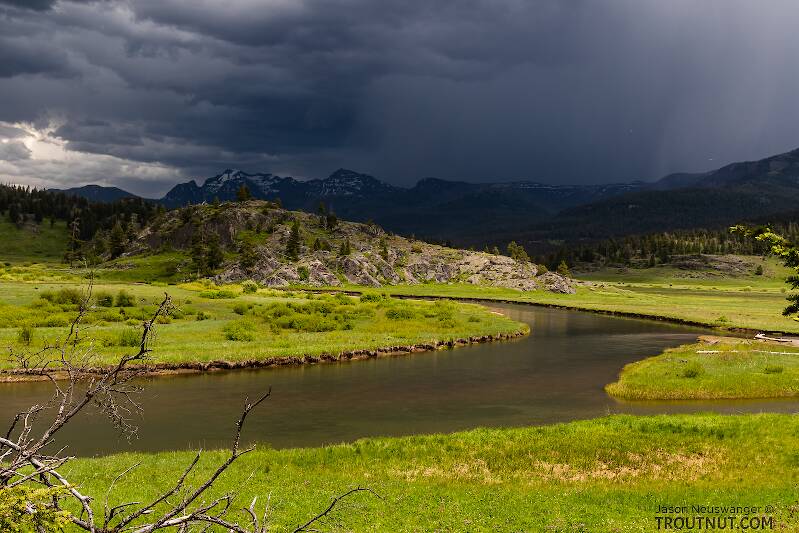
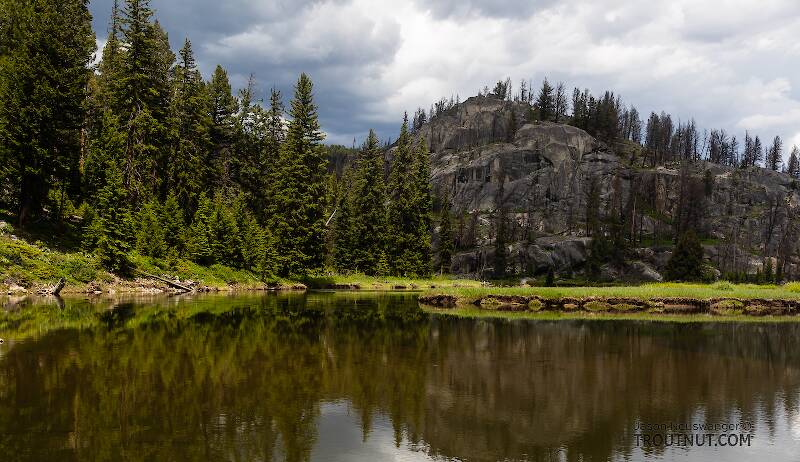

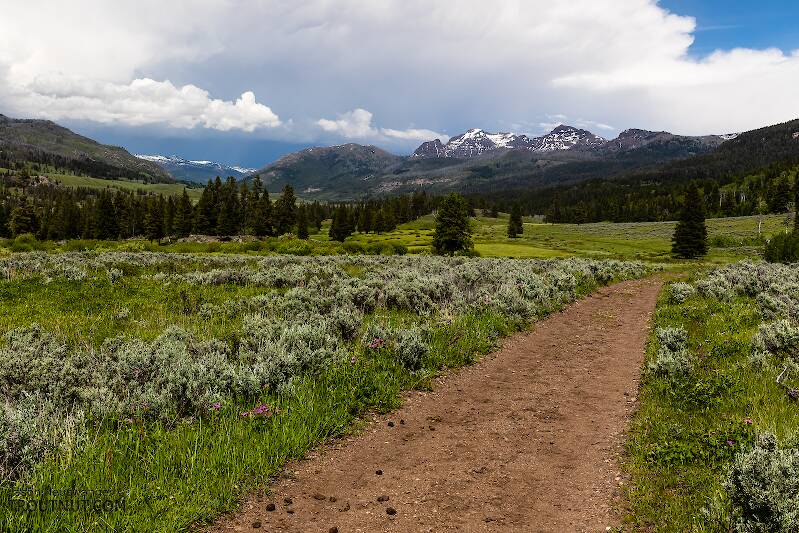

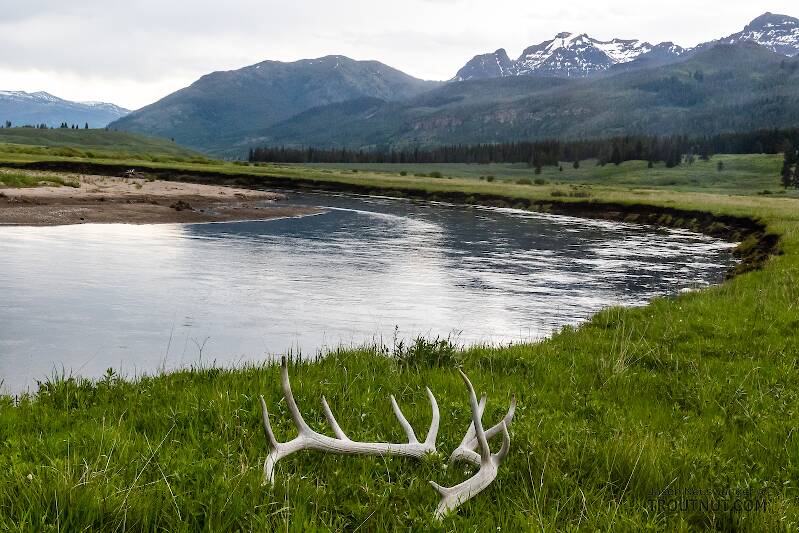

Quick Reply
Related Discussions
Topic
Replies
Last Reply
10
Jul 27, 2008
by Phillyfired
by Phillyfired
Re: The Boys Were Back in Town Chapter 5, part 2 of "Town and Country" 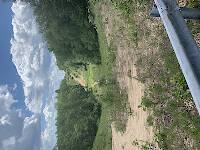
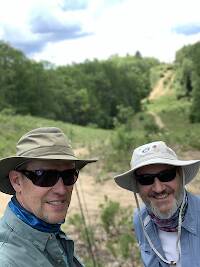
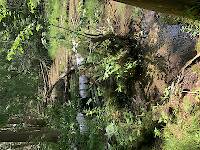
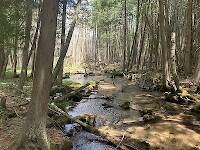
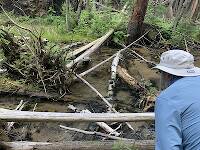
In the Photography Board by Jmd123
+ 15





In the Photography Board by Jmd123
3
Jul 2, 2020
by Jmd123
by Jmd123
Re: Salmonfly question for you westerners
In the Stonefly Species Pteronarcys californica by Troutnut
In the Stonefly Species Pteronarcys californica by Troutnut
7
Jun 4, 2016
by Chipper
by Chipper

